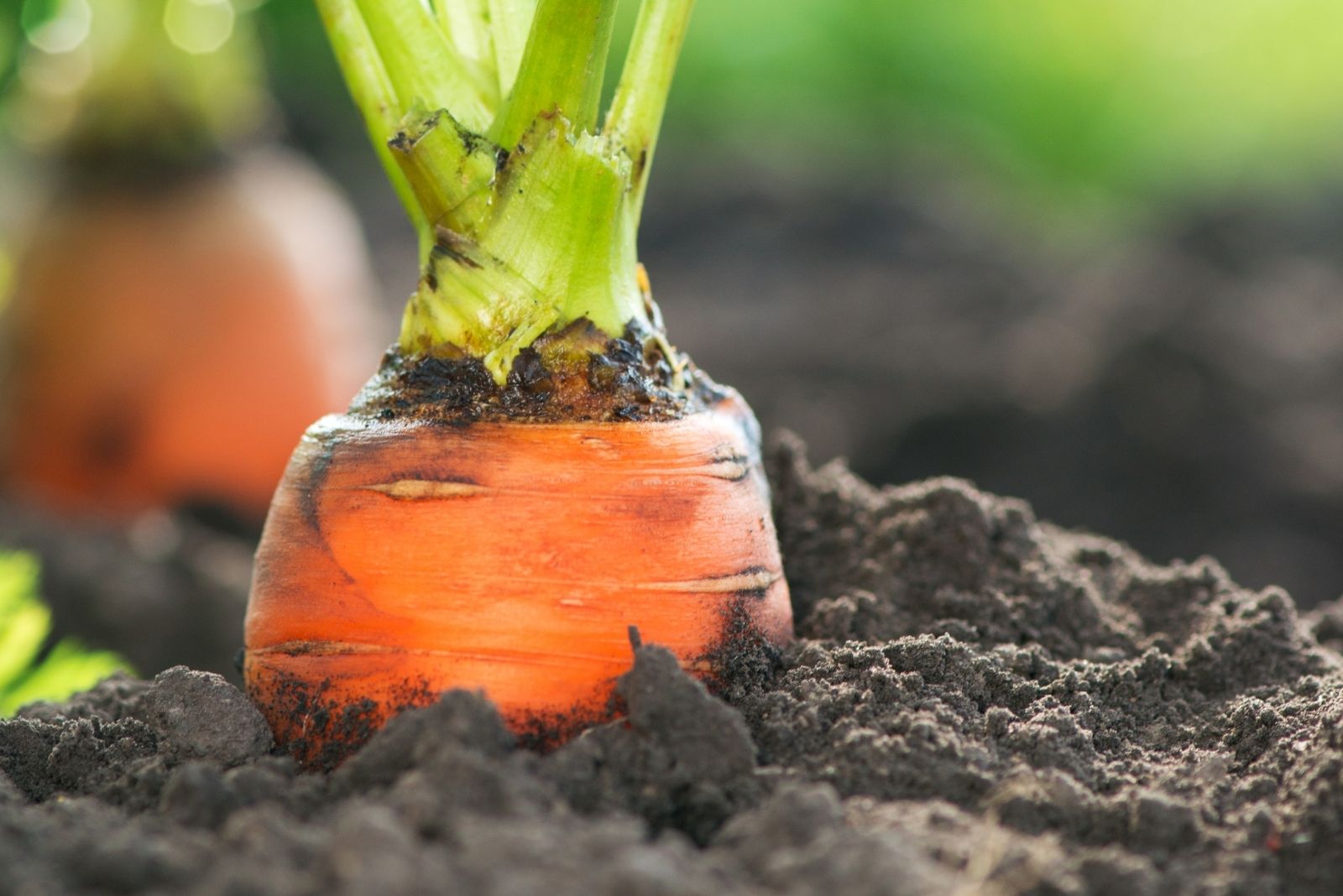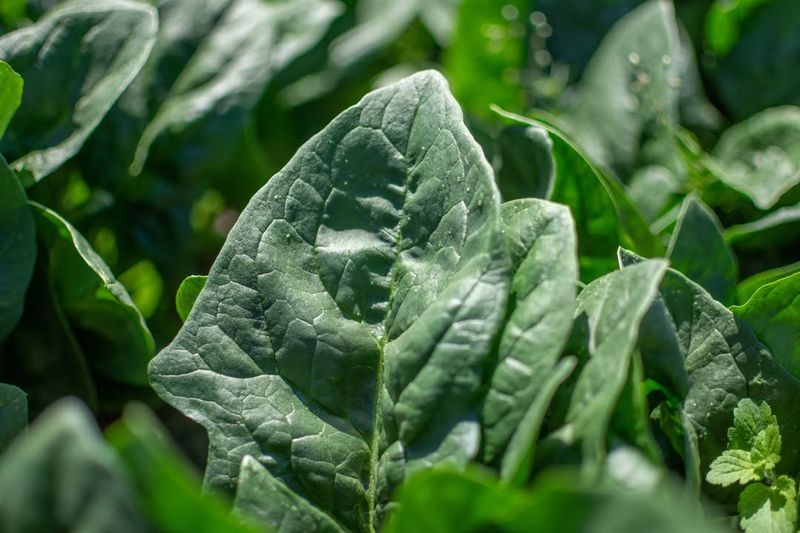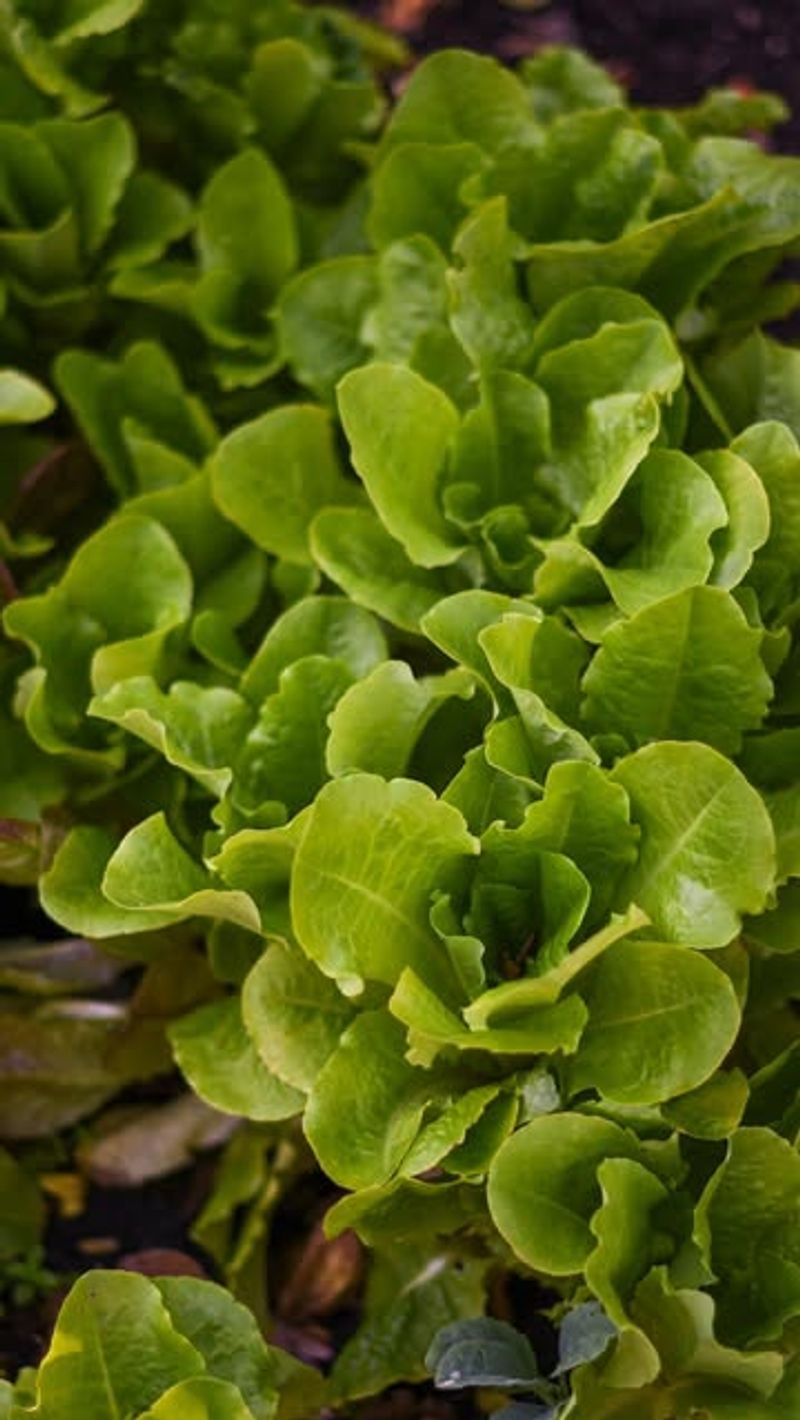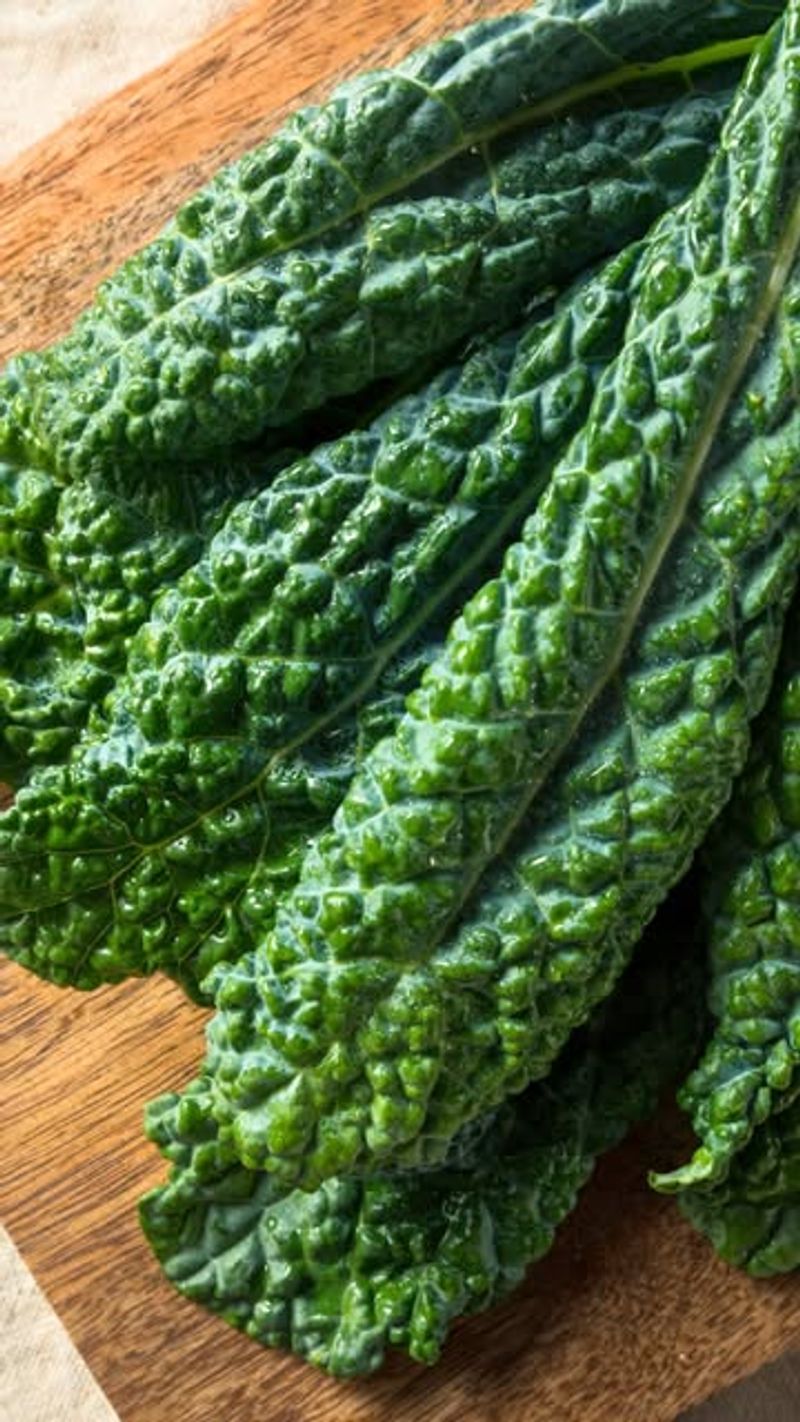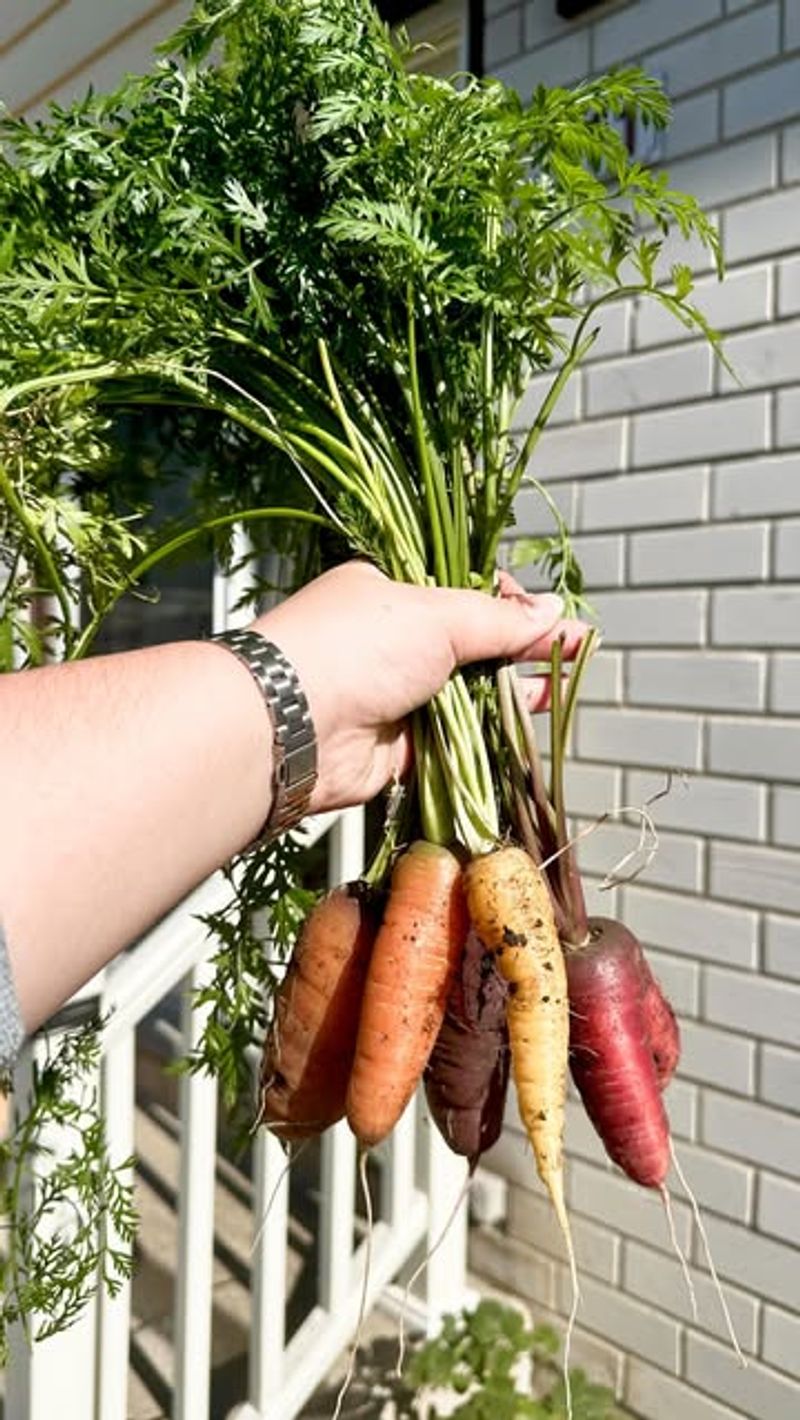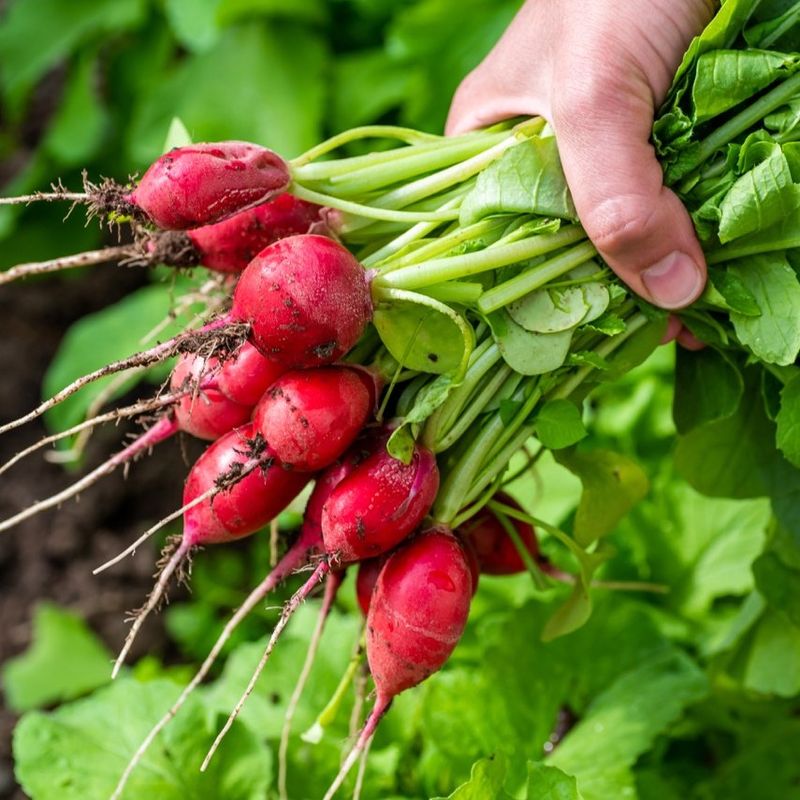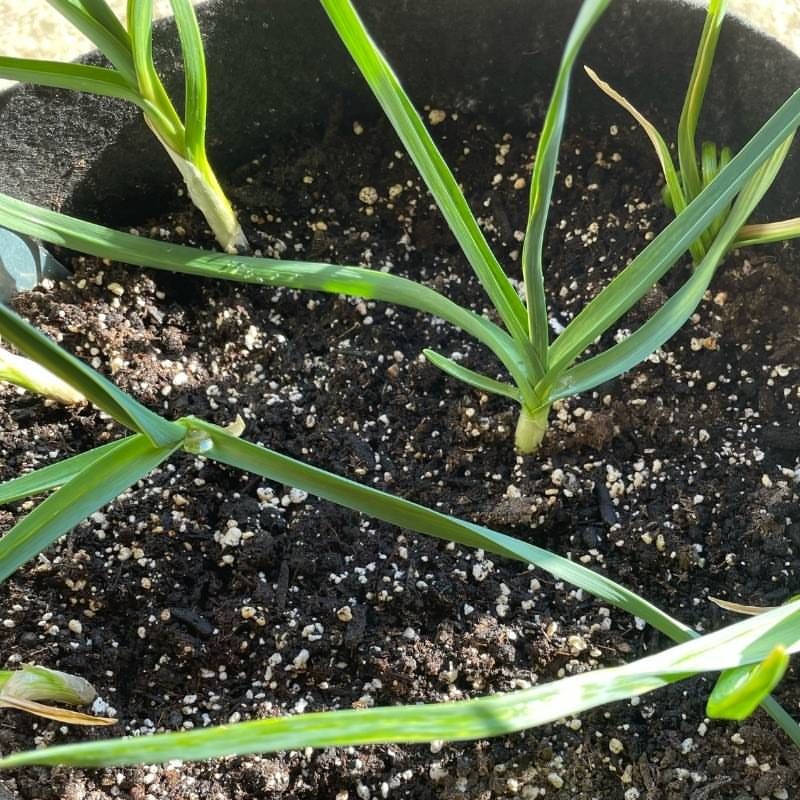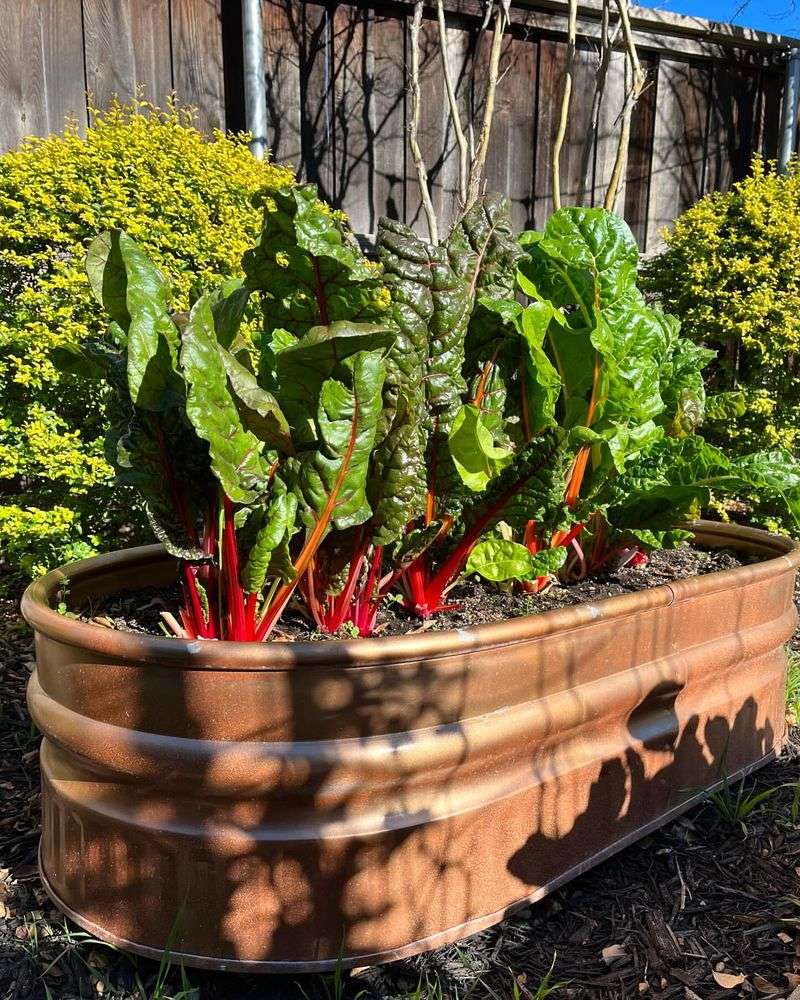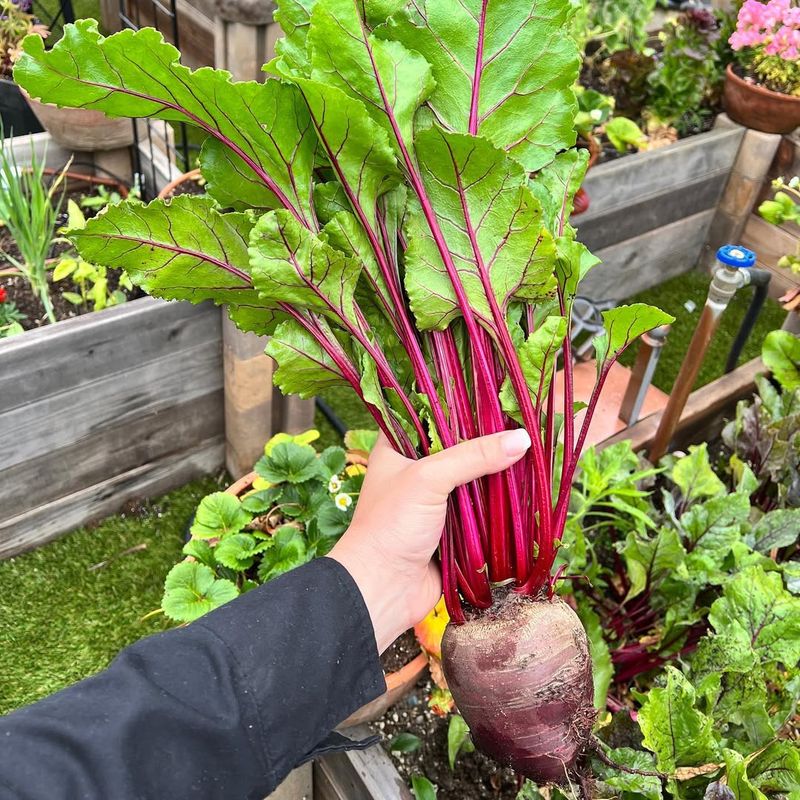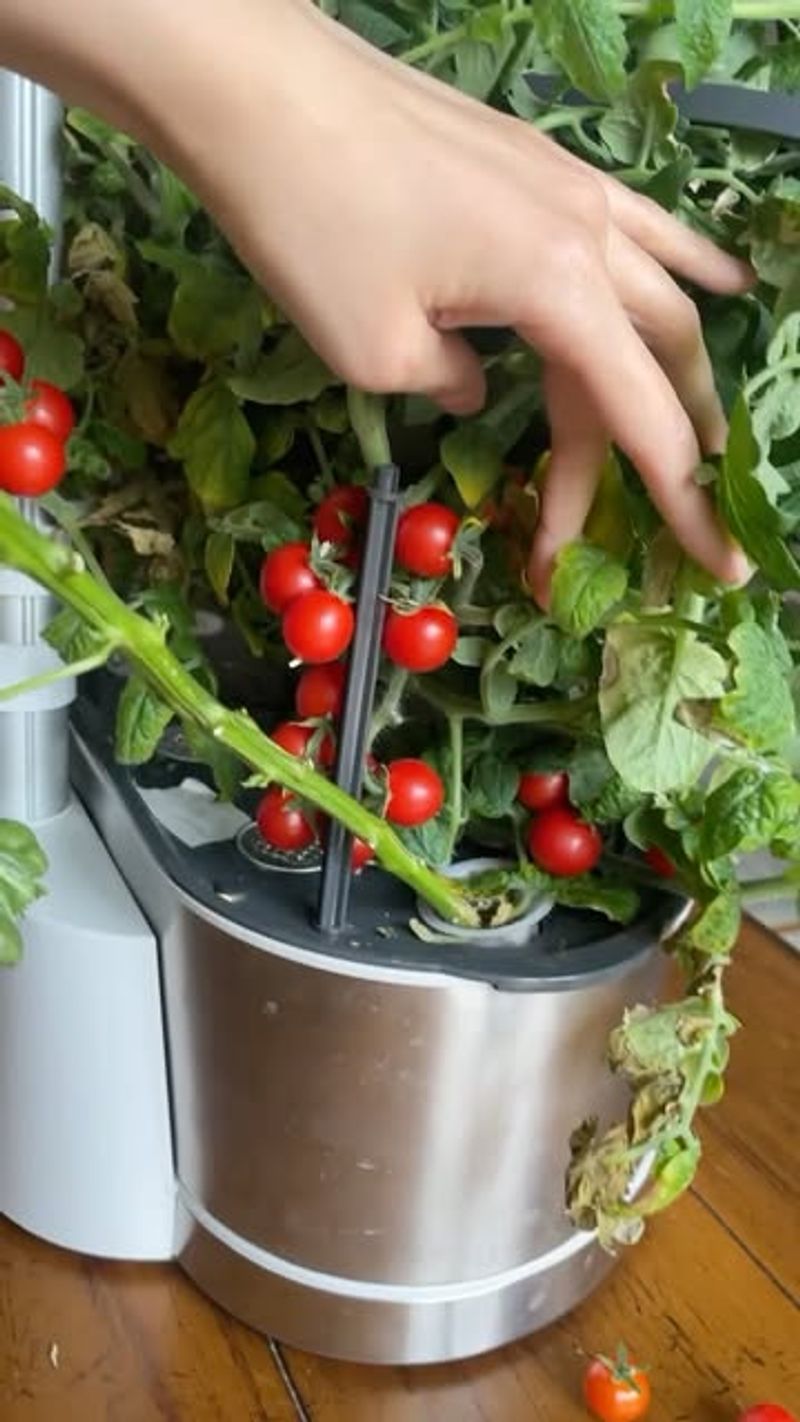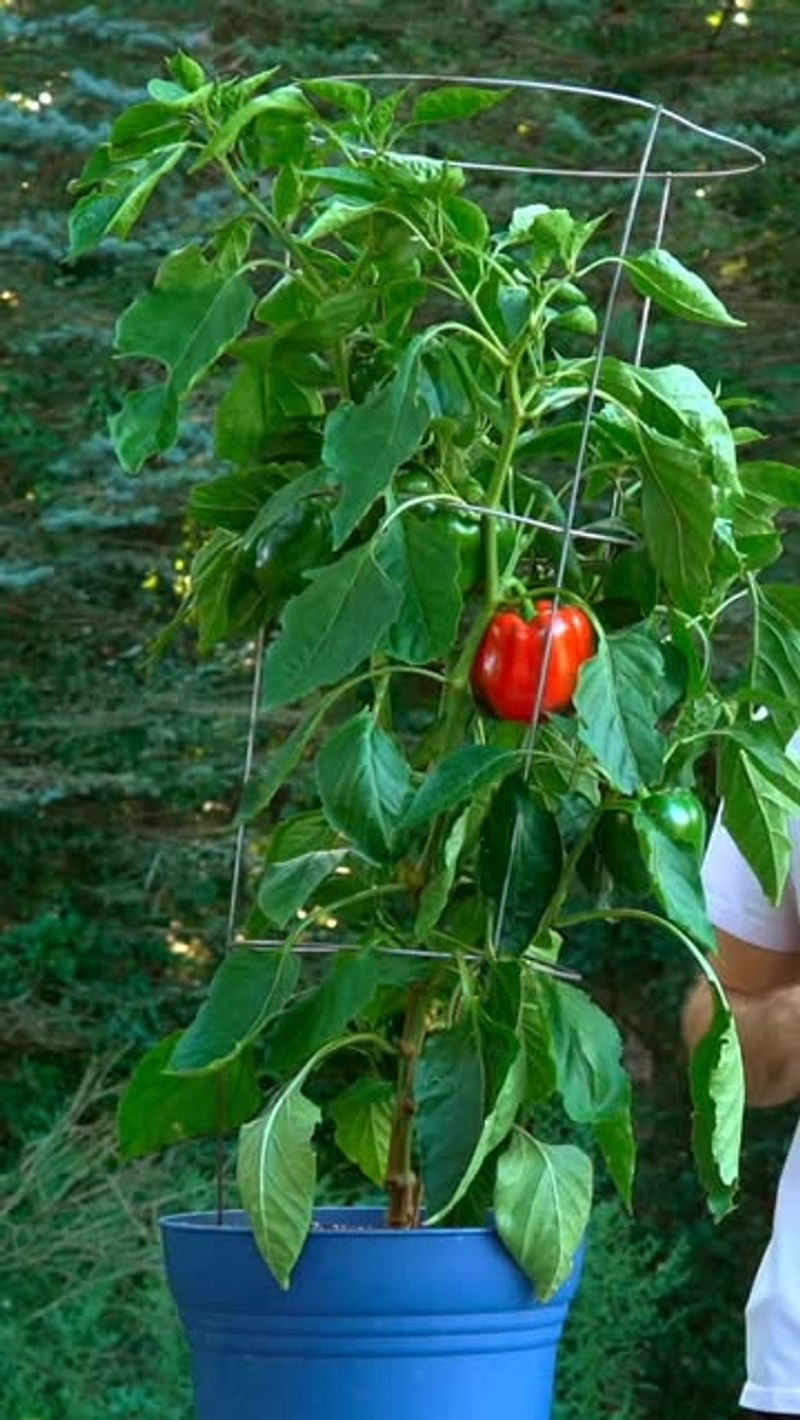Growing vegetables in buckets is a game-changer for Virginia gardeners dealing with limited space or poor soil. Our state’s four distinct seasons create unique challenges, but bucket gardening lets you control growing conditions and extend your harvests throughout the year.
Plus, you can easily move containers to follow the sun or protect plants from frost. I’ve been bucket gardening in my Richmond backyard for over five years now, and I’m amazed at how much food I can grow in such small spaces.
When winter approaches, I simply bring my productive little garden indoors to a sunny window. Ready to get started with your own year-round bucket garden? Here are ten vegetables that thrive in containers across Virginia’s seasons.
1. Spinach
Fast-growing spinach adapts wonderfully to bucket life with its shallow roots and compact growth habit. A 5-gallon container easily accommodates 6-8 plants that produce nutritious leaves for months with proper care.
Virginia’s mild winters make spinach an ideal cool-season crop for buckets. During summer heat, move containers to partial shade and harvest regularly to prevent bolting. The plants appreciate consistent moisture but require good drainage.
I’ve maintained spinach buckets on my patio through three seasons by succession planting. My family enjoys fresh leaves from September through May, taking a break only during the hottest summer weeks when I switch to more heat-tolerant greens.
2. Leaf Lettuce
Shallow-rooted and quick to mature, leaf lettuce thrives in wide, shallow buckets where you can harvest outer leaves while the centers continue growing. This cut-and-come-again method provides weeks of fresh salads from a single planting.
Moving lettuce buckets to cooler spots during Virginia’s hot spells prevents bitter leaves and premature bolting. The key to success is consistent moisture without waterlogging and protection from afternoon sun in summer.
Last winter, I kept three lettuce buckets rotating between my sunny kitchen window and covered porch. Even during January’s cold snaps, we enjoyed fresh greens that would have cost a fortune at the grocery store.
3. Kale
Hardy kale stands up to Virginia’s fluctuating temperatures better than almost any bucket vegetable. Its deep green leaves actually become sweeter after light frosts, making fall and winter ideal growing seasons.
A single kale plant needs about 3 gallons of soil space, so a standard 5-gallon bucket comfortably fits two plants. The key is rich, well-draining soil and consistent watering, especially during summer dry spells.
My Lacinato kale buckets have survived temperatures down to 15°F with minimal protection on my Charlottesville deck. I’ve found that mulching the soil surface with straw helps regulate temperature and moisture while suppressing the occasional weed.
4. Carrots
Short-variety carrots grow surprisingly well in buckets at least 12 inches deep. Varieties like ‘Paris Market’ and ‘Thumbelina’ develop perfect sweet roots in limited space without the rocky soil issues many Virginia gardeners face.
Success comes from loose, stone-free soil that allows straight root development. Virginia’s long fall season is perfect for slow-growing carrots, which develop sweeter flavor as temperatures cool. Water consistently to prevent splitting.
I’ve grown bucket carrots on my apartment balcony for three years running. My best tip? Plant seeds, then cover with a board until germination to maintain moisture. My kids love pulling their own miniature carrots from our container garden year-round.
5. Radishes
Ready in just 3-4 weeks, radishes offer quick satisfaction for bucket gardeners. Their small root systems make them perfect for shallow containers or the edges of deeper buckets shared with slower-growing vegetables.
Virginia’s mild spring and fall provide perfect conditions for these peppery vegetables. During summer heat, choose heat-tolerant varieties like ‘White Icicle’ and provide afternoon shade. Winter varieties like ‘Black Spanish’ withstand cold temperatures beautifully.
Succession planting has given me continuous radish harvests from February through December. I plant a small pinch of seeds every two weeks in the outer edges of my bucket gardens, maximizing space while enjoying these crisp, colorful root vegetables almost year-round.
6. Green Onions
Perpetually productive green onions can grow for months in a shallow bucket with minimal care. Their upright growth habit means you can pack 15-20 plants in a 5-gallon container and harvest the green tops repeatedly.
These hardy alliums handle Virginia’s temperature fluctuations with ease. During winter, they may slow down but rarely die back completely unless temperatures drop below 20°F for extended periods. Regular trimming encourages continued new growth.
My kitchen bucket of green onions has been producing continuously for almost two years. When cooking, I simply snip what I need with scissors, leaving an inch of green above the soil. Within days, new growth emerges, providing a truly endless harvest.
7. Swiss Chard
Vibrant Swiss chard brings both beauty and nutrition to bucket gardens with its colorful stems and nutritious leaves. Unlike many greens, it tolerates heat remarkably well while also standing up to Virginia’s occasional winter freezes.
Each plant needs about 2 gallons of soil space, making a standard 5-gallon bucket perfect for 2-3 plants. The trick is consistent moisture and occasional feeding with liquid fertilizer to support continuous leaf production throughout multiple seasons.
During last summer’s heatwave, my bucket chard outperformed everything else in my Norfolk garden. While other greens bolted or withered, these resilient plants kept producing tender leaves for stir-fries and salads, earning their place as my most reliable bucket vegetable.
8. Beets
Dual-purpose beets offer both nutritious roots and delicious greens from the same bucket. Their moderate depth requirements make them suitable for 10-12 inch deep containers where you can harvest young leaves while roots develop below.
Virginia’s extended spring and fall seasons provide ideal growing conditions for these cool-weather vegetables. During summer heat, focus on harvesting the more heat-tolerant greens and plant for root production as temperatures cool in September.
I’ve grown ‘Bull’s Blood’ beets in recycled 3-gallon ice cream buckets on my Roanoke porch with surprising success. Their deep red leaves make beautiful container plants while providing two distinct harvests – tender baby greens within weeks and sweet roots a few months later.
9. Cherry Tomatoes
Compact determinate cherry tomato varieties produce abundant fruits in 5-gallon buckets without requiring extensive trellising. Their concentrated harvest periods make them ideal for succession planting throughout Virginia’s long growing season.
These sun-lovers need at least 6-8 hours of direct light and consistent moisture to prevent blossom end rot. During Virginia’s humid summers, space buckets for good air circulation to reduce disease pressure and improve pollination.
My patio tomato experiment turned into a family tradition when my daughter’s bucket ‘Sweet 100’ plant produced over 300 cherry tomatoes last summer. We now grow them in self-watering buckets made by drilling holes near the bottom of one bucket and nesting it inside another that serves as a water reservoir.
10. Bell Peppers
Compact bell pepper plants produce surprisingly well in buckets, with each 5-gallon container supporting 1-2 plants that yield dozens of peppers over an extended season. Their upright growth habit requires minimal staking in protected settings.
Virginia’s hot summers provide ideal growing conditions for these heat-loving vegetables. The controlled environment of bucket growing helps prevent the blossom drop that often occurs in garden-grown peppers during temperature fluctuations.
I’ve successfully overwintered pepper plants in my Virginia Beach sunroom for three consecutive seasons. By trimming them back in late fall and providing bright indirect light, my bucket peppers resume production months earlier than newly planted ones, giving me an impressive head start on the growing season.

